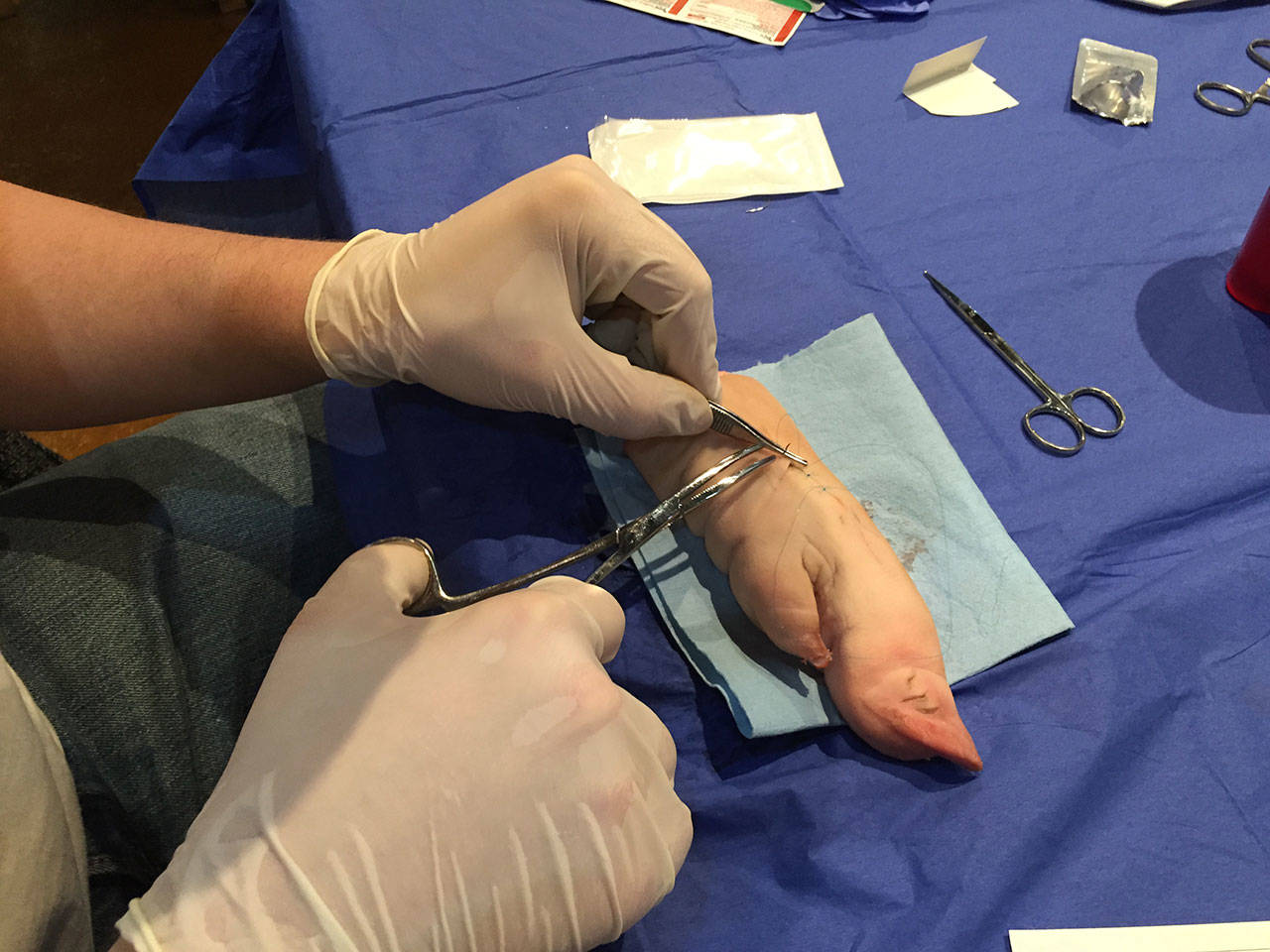Disaster often seems like the least likely thing to happen, right up until it strikes.
Here in Washington, it is less a matter of “if” than a question of “when?”
The Cascadia Subduction Zone is the area in which the Juan De Fuca Plate and the North American Plate converge off the Washington and Oregon coast. Subduction zones have a nasty habit of causing some of the most violent earthquakes on the planet, known as megathrust earthquakes. The 2004 Indian Ocean earthquake and tsunami that claimed the lives of nearly 228,000 people was the result of a megathrust event along a subduction zone.
Since 1900, all earthquakes that have registered 9.0 or higher have been megathrust earthquakes. It is estimated that the Cascadia Subduction Zone experienced such an earthquake around 300 years ago. And scientific evidence also suggests that the area experiences a magnitude 8.0 to 9.0 earthquake (and the subsequent tsunamis) every 200 to 500 years.
This is just one example of a number of scenarios that could send Washington’s residents scrambling for resources, aid and safety. These sorts of catastrophes are exactly the kind that Scott James of the Resilience Guild hopes to prepare the Bainbridge Island residents to face.
“Science and popular media tells everybody in the Northwest that we’re going to have a big, giant earthquake any time. Some scientists say we’re overdue; some say it will happen any day,” James said.
Along with his wife, Susan, James started the nonprofit group in late 2016 to promote and educate residents about disaster preparedness and homesteading practices. The Resilience Guild organizes classes to help provide islanders with the necessary skills to make it through a disaster safely.
Resilience guild classes range from vegetable garden planning and foraging for medicinal herbs, to classes on assembling an emergency “go bag” and doctor-led classes on properly suturing wounds. The latter actually incorporates hands-on experience using a pig’s hoof.
One such class was recently held at Bainbridge Island Outfitters + Depot. Edward Palmer, a self-described prepper, attended the class.
Palmer says when he talks with folks about preparing for the worst, the real possibility of a disaster scenario isn’t often the first thing that comes up in the conversation.
“It’s funny because whenever you start talking about this with people, the first thing you hear every time is, ‘Zombies right? This is for the zombie apocalypse?’ No,” Palmer said.
“I’m talking about things that are very realistic that have happened throughout history. The economic cycles go up and down every 60 or 70 years,” Palmer said.
“It’s not an ‘if,’ it’s a ‘when,’” he added.
When it comes to prepping, James isn’t alone in his quest to help the island prepare for a large-scale disaster. A new Bainbridge Island initiative has also made disaster preparedness the focus for numerous island organizations.
The Bainbridge Prepares Initiative is a collaboration between the city of Bainbridge Island, police department, fire department and other various care providers and strategic organizers. The initiative sets the ambitious goal of making Bainbridge Island the most prepared town in Washington state by the end of 2018.
James said he thinks that the initiative is going to be a huge benefit to Bainbridge, regardless of whether or not a catastrophic event befalls the area in our lifetime.
“If we can approach this not from a place of fear but a place of love, a place of community building, any preparedness activities that we take on, even if the earthquake doesn’t happen in our lifetime, we have still built a better and a more enjoyable town to live in,” James said.



